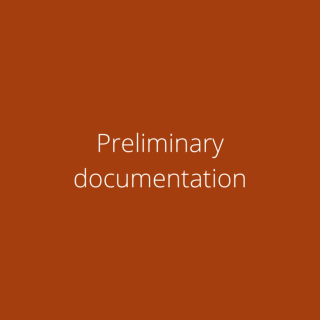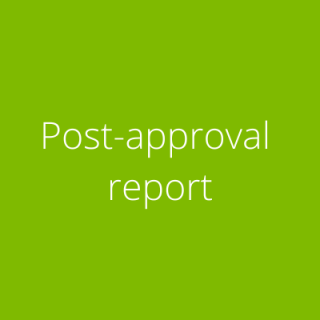Consultant Spotlight: Mathew Smith
We recently sat down with Senior Heritage Consultant Mathew, our resident expert in lithics to discuss the significance of the discipline in cultural heritage assessments.

How did your interest in working with lithics evolve, and How does your expertise play a role in NSW heritage assessments?
My interest in lithics (also known as stone artefacts) developed from a lifelong interest in all things rock related; however, it wasn’t until my first year of university where I started working in the lithics laboratory at UNE under Dr Mark Moore and was taught knapping, the art of making stone artefacts, that really cemented by interest in the field.
I think a knowledge of stone artefacts is a fundamental skill to have as a heritage consultant considering they are the most commonly recorded site type not just in NSW or Australia but probably the world. Stone artefacts are present on every continent except Antarctica and span a timeframe of about 3.3 million years so they are a pretty prominent part of the field of archaeology. As far as heritage assessments in NSW go, its common that we will need to identify and assess the significance of stone artefacts on a project site so that works properly manage impacts and commence in an appropriate manner.
Can you share a specific project or example where your expertise played a crucial role in a project? What were the key challenges and successes of that project?
Most Aboriginal assessments which have identified stone artefacts, either through survey or excavations, require some level of analysis of artefacts in order to get an approval from Heritage NSW. Being an expert in the field tends to make me the first port of call for any artefact related questions on the team, usually when they have an artefact or site that they cannot identify themselves or are unsure about.
This expertise came in handy last year for a project involving some graded access tracks. The project consultant had identified a number of artefacts in the study area, with some potential artefacts on the surface of a track that they were not certain were cultural. I was asked to review the artefacts in question and they ended up being non-cultural. Instead they were diagnostic of machine crushing associated with the grading of the track and were not a rock type that artefacts were typically made from. The consultant was then able to focus the management on confirmed sites, allowing works on the road to commence whilst avoiding impacts to cultural sites.
Could you share insights on the techniques currently being used in the analysis and interpretation of lithic items? Is there any new technology or advancements that we are adapting that set us apart from competitors?
As consultants we tend to tailor our techniques and analysis to fit an assemblage within a ‘consulting’ framework so it’s usually highly standardised to be cost and time efficient. This is a definite short coming of the industry I think, though it is slowly changing with paradigm shifts in what artefacts can tell us and how we approach their interpretation.
There are some interesting studies on the research side of archaeology exploring geochemical analysis to track movement of artefacts across landscapes and also some interesting uses of photogrammetry and 3D models as an interpretation medium that is being explored. Im currently working on investigating the use of geochemical analysis to source silcrete artefacts as part of my studies at La Trobe. This is generally quite hard to do due to the characteristics of silcrete but is really important for interpreting things like mobility and resource use of Aboriginal people. These could contribute to the knowledge and value that consulting brings to the field once the methods become more cost effiecient.
Is there any key legislation in NSW that is relevant for clients to be aware of currently affecting projects or that has recently changed and will have future relevance?
The National Parks and Wildlife Act 1974 protects all Aboriginal objects, this includes stone artefacts, regardless of their significance or nature. If there are Aboriginal objects that may be impacted by a projects works then an Aboriginal Heritage Impact Permit will almost always be required. The exception to this is State significant projects but these still require in-depth archaeological investigation to be undertaken before a site can be impacted.
There is currently a push for reform of the NPW Act that is ongoing, so hopefully we will see some changes to the system in the future to better protect sites and Aboriginal cultural values.
For aspiring heritage consultants interested in specialising in lithics, what advice would you give regarding skill development and career possibilities?
A basic understanding of stone artefacts and how to recognise and record them is a fundamental skill in Australian archaeology so having some knowledge of them is really helpful when looking at a career in archaeology. My knowledge of lithics was the reason I was first employed as a grad and its often very favourably looked on as a skill.
My biggest piece of advice in developing lithic skills is to just keep looking at as many artefacts as you can, always be asking questions and continually be reading up on the field to keep up to date. There is often a large step up between someone who can just identify and record an artefact in the field and someone who has the knowledge and expertise to develop a research plan and then undertake detailed analysis of an artefact assemblage. I also think it is always worthwhile to have a go at making artefacts yourself through the process of knapping. Its both fun and it gives insight into the requirements and thought processes that go into the manufacture of an artefact.






